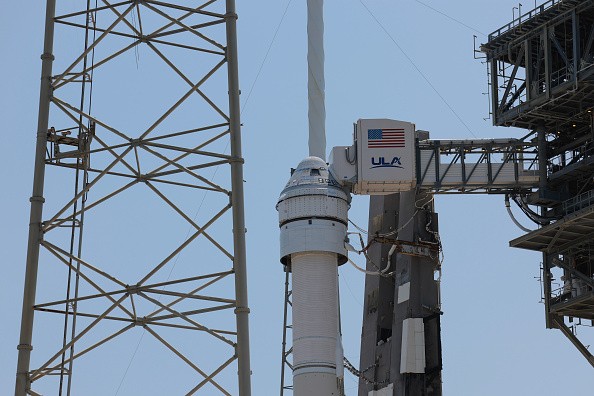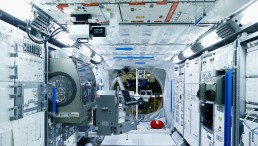Once again, Boeing's much-awaited Starliner mission is scheduled for launch on May 25. NASA claims more time is needed to resolve a helium leak and complete spacecraft closeout procedures and flight logic. The mission was initially scheduled for May 21 but was postponed twice.
Helium Leak Causes New Delay
The Starliner's service module contained a helium leak found at a thruster flange on the reaction control system. NASA's latest assessment indicates that despite its discovery, the leak does not appear to be a serious threat to the mission.
The results of pressure tests on May 15 showed that the leak is steady and won't affect the spacecraft's functionality while in flight. Teams at Boeing are creating operational protocols to guarantee that the system has enough redundancy and performance capacity to last the duration of the mission.
Crew Flight Test: A Decade in the Making
A significant milestone for Boeing's Starliner program will be reached with the coming taking off, called the Crew Flight Test. It is expected to be the last important test before NASA approves the spacecraft for regular use in the Commercial Crew Program. The mission will be conducted by NASA astronauts Suni Williams and Butch Wilmore, and it will involve a week-long stay at the International Space Station (ISS).
Before the rescheduled launch, the crew spent time with their families in Houston on May 10 after being placed in preflight quarantine. Nearer the revised launch date, they will return to NASA's Kennedy Space Center in Florida. This mission is especially significant because it is the sixth crewed spacecraft to launch in American history, after Mercury, Gemini, Apollo, the Space Shuttle, and SpaceX's Dragon.
Many obstacles have hindered Starliner's development, including delays and technological problems. On May 6, just over two hours remained until the first crewed flight was postponed owing to a valve problem on the second stage of the Atlas V rocket. After that, the United Launch Alliance team fixed the rocket's malfunctioning pressure-regulating valve, but the Starliner's following helium leak added to the delays.
Boeing's Historic goals
With Boeing's Starliner set to challenge SpaceX's Crew Dragon capsule, the United States will have several choices when sending astronauts to the International Space Station. NASA and Boeing remain positive about the spacecraft's future despite the setbacks. The current delay is considered a preventative measure to guarantee that every system is operational and safe for the crew.
After launch, Starliner and its crew will detach from the Atlas V rocket and use their engines to travel to the International Space Station (ISS). The journey will take about a week to complete, and the astronauts will join the current ISS occupants, number seven. After that, the Starliner will make a second trip back to Earth, landing at one of three planned locations in the American Southwest.
In addition to proving the Starliner's dependability and safety, Boeing must complete this flight to fulfill its obligations under NASA's commercial crew program. SpaceX earned $2.6 billion for their Crew Dragon, while Boeing received $4.2 billion for the development of Starliner. Although SpaceX has successfully launched several crewed trips, Boeing wants to show that Starliner is just as capable.
Although the Starliner has encountered many difficulties, if the launch goes well, it will be a major milestone for Boeing and NASA and will increase the possibilities of human spaceflight.
RELATED ARTICLE: Helium Leak Delays Boeing's Astronaut Launch Attempt for the Second Time; Crew Debut Set on May 21 After Spacecraft Repair
Check out more news and information on Starliner in Science Times.













![Venus, Earth and Jupiter May Have Something to Do With the Sun's Multi-Rhythmic Solar Heartbeat [Study]](https://1721181113.rsc.cdn77.org/data/thumbs/full/53978/258/146/50/40/venus-earth-and-jupiter-may-have-something-to-do-with-the-suns-multi-rhythmic-solar-heartbeat-study.jpeg)

